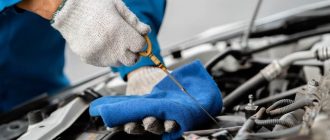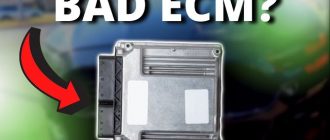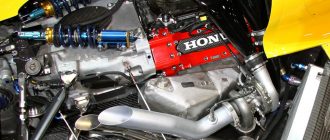## **How to Break In a Rebuilt Car Engine**
Breaking in a rebuilt car engine is a crucial step in ensuring its longevity and performance. By following a proper break-in procedure, you can allow the new components to mate and seal correctly, reducing the risk of premature wear or failure. Here’s a comprehensive guide to breaking in a rebuilt car engine:
**Step 1: Prepare the Engine**
* **Inspect the engine:** Ensure all components are properly installed and torqued to specifications.
* **Pre-lube the engine:** Use an oil pump or a priming tool to fill the oil passages with fresh oil. This lubricates the components before starting the engine.
* **Fill with fluids:** Add new oil, coolant, and transmission fluid according to the manufacturer’s recommendations.
**Step 2: Start the Engine**
* **Start the engine:** Start the engine for a brief period, no more than 10 seconds. This circulates oil throughout the system and checks for any leaks or abnormal noises.
* **Shut off the engine:** Turn off the engine and allow it to cool for 30 minutes.
**Step 3: Vary RPMs**
* **Idle the engine:** Start the engine and let it idle at around 1,200-1,500 RPM for 20 minutes.
* **Vary RPMs:** Once the engine has idled, gradually vary the RPMs between 1,500 and 2,000 for 10 minutes. Avoid revving the engine above 2,500 RPM.
**Step 4: Drive the Car**
* **Light driving:** Drive the car for short distances (less than 5 miles) at varying speeds, keeping the RPMs below 2,500.
* **Avoid full throttle:** Do not accelerate heavily or exceed 50% of the engine’s rated horsepower.
* **Avoid prolonged idling:** Keep the engine running at higher RPMs to prevent carbon buildup.
**Step 5: Cool Down the Engine**
* **Cool down:** After driving for 5 miles, pull over and let the engine cool down for 30 minutes.
**Step 6: Repeat Steps 3-5**
* **Repeat the process:** Repeat steps 3, 4, and 5 for a total of three cycles, accumulating around 15-20 miles of driving.
* **Increase RPMs gradually:** During each cycle, gradually increase the RPM range by 500 RPM, maintaining the maximum limit of 2,500 RPM.
**Step 7: Change the Oil**
* **Drain the oil:** After completing the third cycle, drain the oil, including the metal shavings and debris that accumulate during the break-in period.
* **Replace the oil filter:** Install a new oil filter to remove any remaining contaminants.
* **Add fresh oil:** Refill the engine with new oil according to the manufacturer’s specifications.
**Step 8: Continue Break-In**
* **Drive normally:** Once the oil change is complete, you can drive the car normally, following the maintenance intervals recommended by the manufacturer.
* **Avoid high RPMs:** Continue to avoid excessively high RPMs for the first 500-1,000 miles.
* **Check fluid levels:** Regularly check the engine oil, coolant, and transmission fluid levels to ensure they remain within the correct operating range.
**Additional Tips**
* Use high-quality oil and filter during the break-in period.
* Avoid towing or carrying heavy loads during the first 1,000 miles.
* Listen for any unusual noises or vibrations, and have them checked promptly.
* Be patient and follow the break-in procedure carefully to maximize the lifespan and performance of your rebuilt engine.
Breaking in a rebuilt car engine is a meticulous process that requires patience and attention to detail. By following these steps, you can ensure that your new engine is properly run in, minimizing wear and maximizing its longevity.




